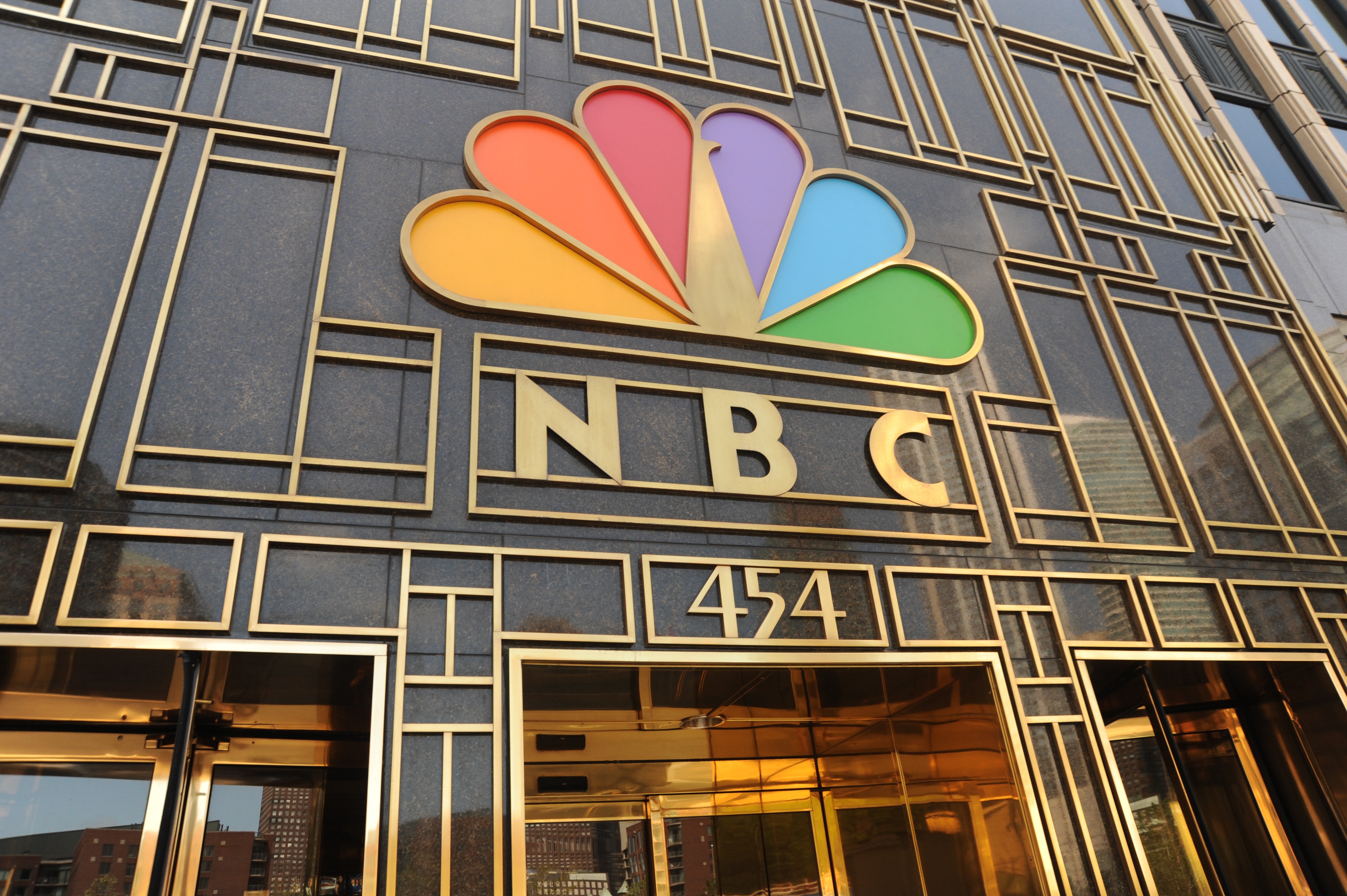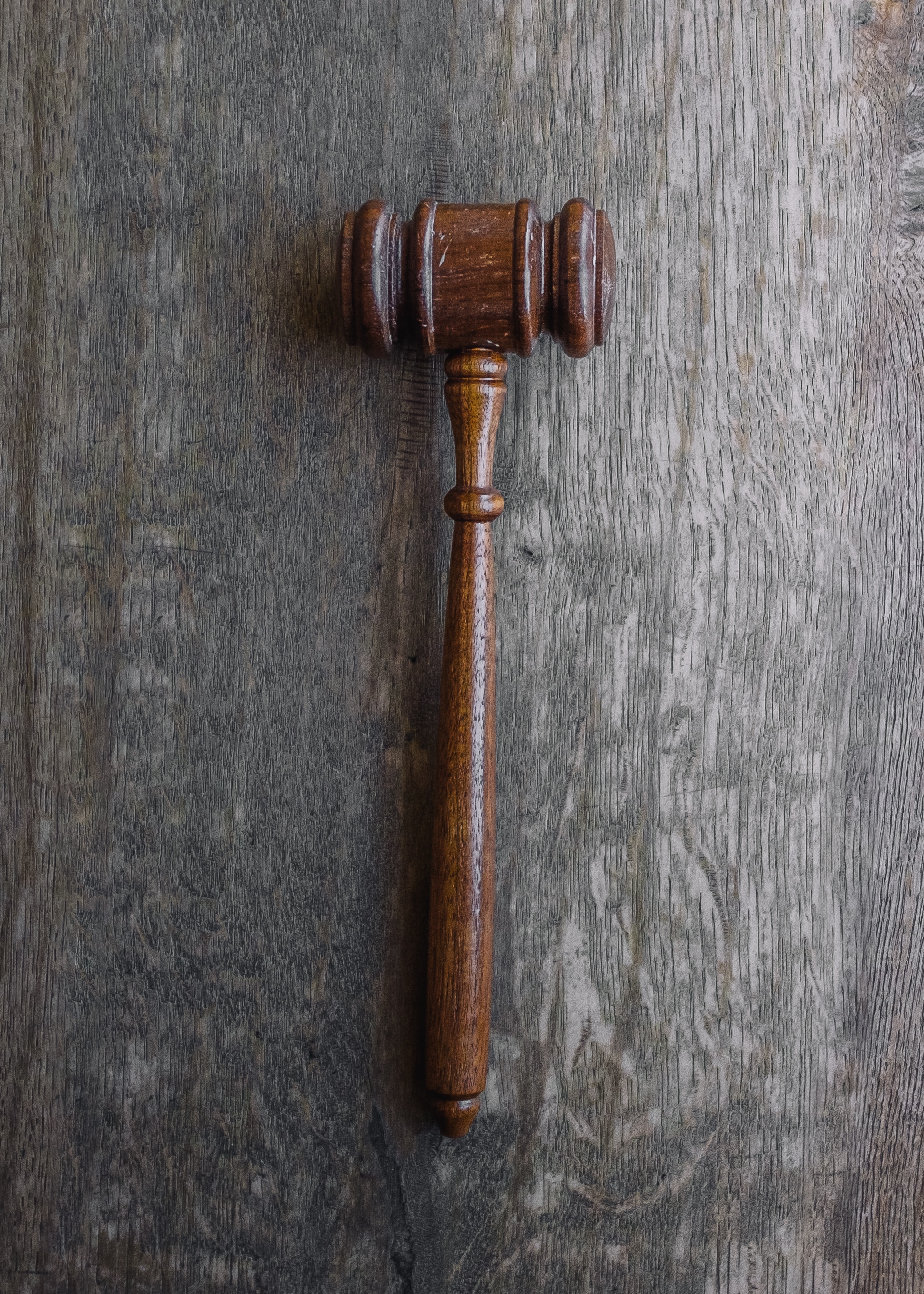
Securing Your Brand in Australia A Guide to Trademarks, Costs, and DIY Methods
Checking Trade Mark Availability
Before registering a trade mark, ensure it’s available. Using an already taken trade mark makes you liable for infringement, causing financial and reputation damage. Use trade mark databases to check availability.

ATMOSS and WIPO
ATMOSS
IP Australia’s ATMOSS is a free trade mark search tool. Check for registered or pending Australian trade marks. Filter by classification, and access initial filing details, useful for license requests. Create an account to save results.
WIPO Global Brand Database
For international trade marks or business expansion, use the World Intellectual Property Organisation’s (WIPO) Global Brand Database. Filter by country, but note it doesn’t include marks filed directly with a country’s IP office.

What to Look For
A thorough search should consider:
- Spelling variations
- Words in relevant languages and translations
- Descriptive search for image trade marks
- Relevant goods and services classifications
- Registered and pending trade marks
A proper search saves time and money.

Checking Business Name Availability
To check if your desired business name is taken, use the Australian Securities & Investments Commission (ASIC) business name register. Identical or near-identical names are unavailable.
Business Name Availability Tests
ASIC checks for:
- Unknown words
- Undesirable words or phrases
- Invalid characters
- Restricted words
Registering Your Business Name
Register through the Australian Government’s Business Registration Service (for new businesses) or ASIC Connect (if you have an ABN). Private providers, like accountants or solicitors, can also help.
Other Considerations
Ensure your business name doesn’t infringe existing trade marks or website names. Registering a business name doesn’t grant exclusive use.

How do I check a trademark in Australia?
To register a trademark, follow these steps:
Check for conflicts:
Search existing trademarks to ensure yours is unique and won’t clash with others in the same industry. Be distinctive: Your trademark must stand out, not just describe your product or service.
Once accepted, your application will be advertised for three months. If unopposed, pay the fee to register your trademark.
Don’t Confuse Customers
Avoid trademarks that are too similar to others. This can lead to confusion and legal trouble. Check for existing trademarks using Australia’s free search system.
Distinctiveness Matters
Your trademark should be original and not something other businesses need to use. It can be inherently distinctive or acquire distinctiveness through extensive use.
Fees and Classes
Trademark registration fees depend on the number of classes your goods or services fall under. Consider legal fees for advice and application assistance.
Helpful Tools
Use IP Australia’s TM Headstart service to assess your trademark’s suitability for registration. Determine the appropriate class(es) for your trademark and list the goods or services it covers.
Tricky Trademarks
Some words or phrases are hard to trademark, like descriptive terms, generic words, or common surnames. Combining difficult words with unique symbols can make registration easier.
Resources
Visit IP Australia and the Institute of Patent and Trade Mark Attorneys of Australia for more information on trademarks and applications.
Registered trademarks protect your business from IP theft and help your brand stand out. Use IP Australia’s Trade mark check tool to search for and apply for your trademark.

How can I trademark my logo for free?
Step 1: Check logo availability
First, make sure your logo is unique and not taken. Search the U.S. Patent and Trademark Office (USPTO) database for similar registered logos.
Step 2: Claim your logo
Options for logo ownership vary in cost. Using your logo is the cheapest but risky. State registration offers protection within that state. Filing a trademark with the USPTO is the safest but most expensive choice.
Step 3: Secure the trademark
USPTO registration gives nationwide rights and protection against counterfeit imports. You can then register in other countries for global protection.
Step 4: Keep an eye on your trademark
Monitor your logo to prevent unauthorized use. Hire an attorney to watch for infringement and take action if needed.
Trademark Tips:
- No protection for generic names.
- Fair Use allows some limited use of your logo.
- Register in each country for protection.
- Strong, original logos have better chances of approval.
Strong Logo Traits:
- Distinctive, relevant, practical, and simple.
- Represents brand values and vision.
- Clear and presentable in any size and without color.
Rejected Logo Reasons:
- Generic or similar to existing trademarks.
- Offensive or confusing design.
FAQs:
- Free trademark? No, but “common law trademark” is free by opening for business.
- Logo maker-designed logo? Yes, you own it and can trademark it.
- Patent a logo? No, use a trademark instead.
- Cheapest way to trademark? Online via the USPTO’s Trademark Electronic Application System (TEAS).
- When to trademark? As soon as your LLC or corporation paperwork is filed.
Trademarking your logo is vital for protection. It’s a technical process often requiring legal help. Ensure your logo is unique and defend your brand’s assets.

Do I need a lawyer to file a trademark in Australia?
Need a Lawyer for Trademark Registration?
Starting a business? Mulling over a new trademark? You might think you need a lawyer. But do you, really?
You can register a trademark yourself online or hire a lawyer or a trademark attorney. No right or wrong choice, but knowing your options is vital.
Your trademark, a valuable asset, needs protection in this cutthroat world. Registering it helps defend against infringement.
The Complex World of Trademark Law
Trademark law is tricky. Don’t take it lightly or rush it. Small mistakes may lead to rejection or unfixable errors. This costs time and money.
Seek professional advice from a trademark law expert. Lawyers are an option, but so are trademark attorneys. They handle registration from start to finish.
Key Points About Trademarks
Trademarks can be names, logos, slogans, shapes, smells, colors, or sounds. Registration lasts 10 years in Australia and can be renewed. Trademarks can be sold, bought, assigned, and licensed. Registration clarifies ownership and defends against infringement.
Do You Need a Lawyer?
No, you don’t need a lawyer for trademark registration. But if you choose one, check their experience and success in brand protection strategies.
Trademark attorneys are also an option. They offer specialized advice and services, like registration, opposition handling, infringement matters, and renewal.
Risks of DIY Trademark Registration
DIY registration has risks:
Choosing the wrong protection Receiving reports during examination due to similarity with existing trademarks
Qualified professionals make the process smoother and simpler.
Lawyers vs. Trademark Attorneys
Lawyers with IP and trademark experience can help. Check their qualifications and experience. Choose a specialist for peace of mind.
Trademark attorneys are experts in trademark law and registration. They understand your business needs and can advise on all trademark law matters.
The Importance of a Trademark Strategy
A good trademark attorney can help develop a long-term strategy. A recent client case highlights the risks of poor advice and strategy. Correct advice could have put the client in a stronger negotiating position.
Get Peace of Mind With a Trademark Expert
Filing a trademark application is crucial. DIY may seem cheaper, but it’s easy to get lost in legal jargon and opposition.
A qualified trademark attorney offers the best advice on trademark registration. They handle queries, negative examination, infringement, and solid brand protection strategies.
Registering a Trade Mark: Weighing Your Options
Registering a trade mark can be costly, especially for start-ups and small businesses with tight budgets.
You know that protecting your trade mark is crucial. In Australia, you’ll pay fees to the Trade Marks Office (IP Australia) no matter how you file.
Should You File Your Trade Mark Application Yourself?
You might think self-filing saves money and time. But it’s not that simple. There are 45 trade mark classes to choose from, and choosing wrong could cost you.
Picking the wrong class means you might pay more or not get the right protection. If you choose too many classes, you’ll waste money.
Consider the time and potential complications when deciding how to file. Trade mark filing isn’t easy and requires understanding the bigger picture. For instance, ownership issues can’t be corrected later.
Is an Online Service Better?
Online legal services are cheaper and seem faster. They might save you time on the trade mark search and offer a second pair of eyes. But they won’t evaluate your trade mark or advise on other issues like ownership.
Best Left to Professionals?
People often confuse “trade mark” Lawyers and Trade Marks Attorneys. Lawyers can assist with litigation, settlements, agreements, due diligence, and copyright. Attorneys focus on trade mark services, like filing applications, searches, responding to objections, and handling agreements.
Attorneys are registered with the Trans-Tasman IP Attorneys Board and follow a separate Professional Code of Conduct. They’re also bound by Attorney-client privilege.
An experienced Trade Marks Attorney will advise on your application, help strategize, and meet the Trade Marks Office requirements. They also use more advanced search software than IP Australia’s free tools.
If objections arise, a trade mark professional knows how to proceed. Online filing services and the Trade Marks Office can’t provide strategic advice or help with objections.
Value not price
DIY and online services may be cheaper but might not deliver the results you want. Hiring a professional might cost more initially, but it’s worth it.
It’s about value, not price. Lawyers and Trade Marks Attorneys have years of experience preparing applications and handling objections. They’ll draft your application to avoid objections and know how to get your mark registered. If you file yourself and fail, it could cost more than any initial savings. A dedicated Attorney will guide you through the process and help with enforcement issues after registration.

What is the cheapest way to get a trademark?
It’s Easier Than You Think to Register a Trademark
Don’t let cost stop you from registering a trademark, says Jacqui Pryor, a trade mark attorney. Your intellectual property (IP) is valuable. Protecting it is key for your business’s long-term success.
Trade Mark Costs in Australia
You can register a trademark yourself or hire a professional. The cost depends on:
- Paid trademark search
- Government fees for your classes of goods and services
- Fees if your application faces opposition
- Fees if you oppose someone else’s application
- Professional help for your application
DIY is the cheapest way to get a trademark
The cheapest way is to do it yourself, using IP Australia’s Standard filing service. You’ll need to pick your goods or services from their list. Official fees start from $250 per class.
But remember, cheaper isn’t always better. A watertight application helps avoid delays and extra costs. A trade mark professional can guide you through the process and save you money in the long run.
If you’re a startup or small business, saving money is crucial. Here are the cheapest ways to apply for a trademark:
-
Apply yourself: The cheapest way is to apply online and pay the fees yourself. But, a mistake can cost you more money to fix.
-
Use DIY services from legal websites: Sites like Snap Legal, Rocket Lawyer, and Millar IP Law offer DIY trademark services for a small fee. They guide you through the process but don’t replace a lawyer.
-
Hire an attorney at a smaller law firm: Solo attorneys or small law firms usually charge less than big firms. Make sure they have experience in IP law before hiring them.
While DIY services are affordable, they can lead to costly mistakes. Hiring an attorney at a smaller law firm may save you money while ensuring a valuable trademark for your brand.